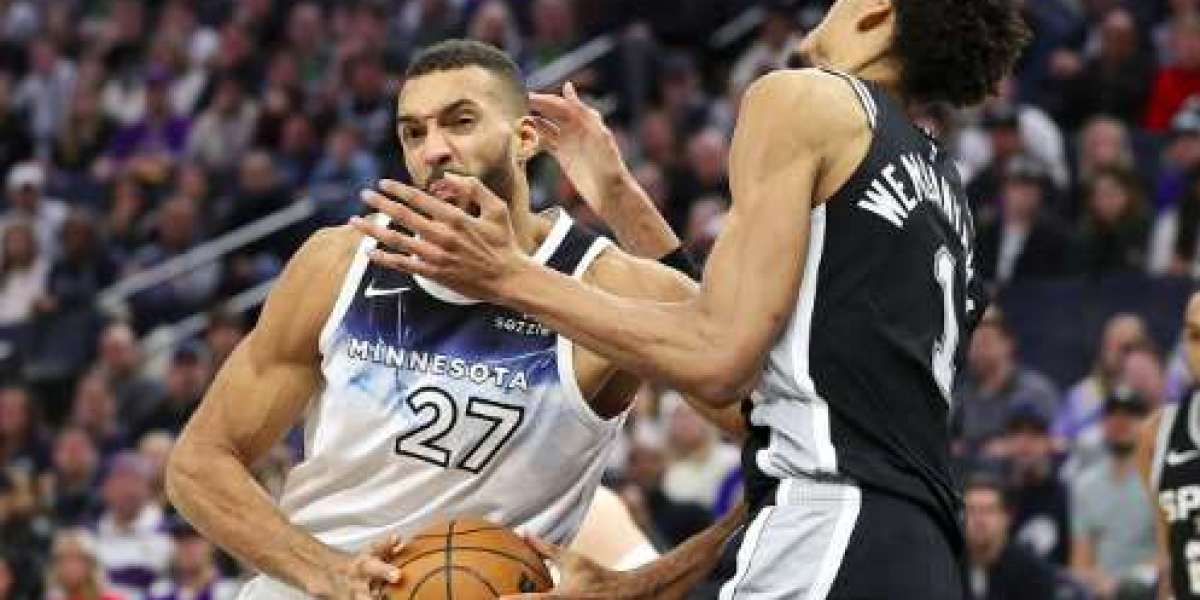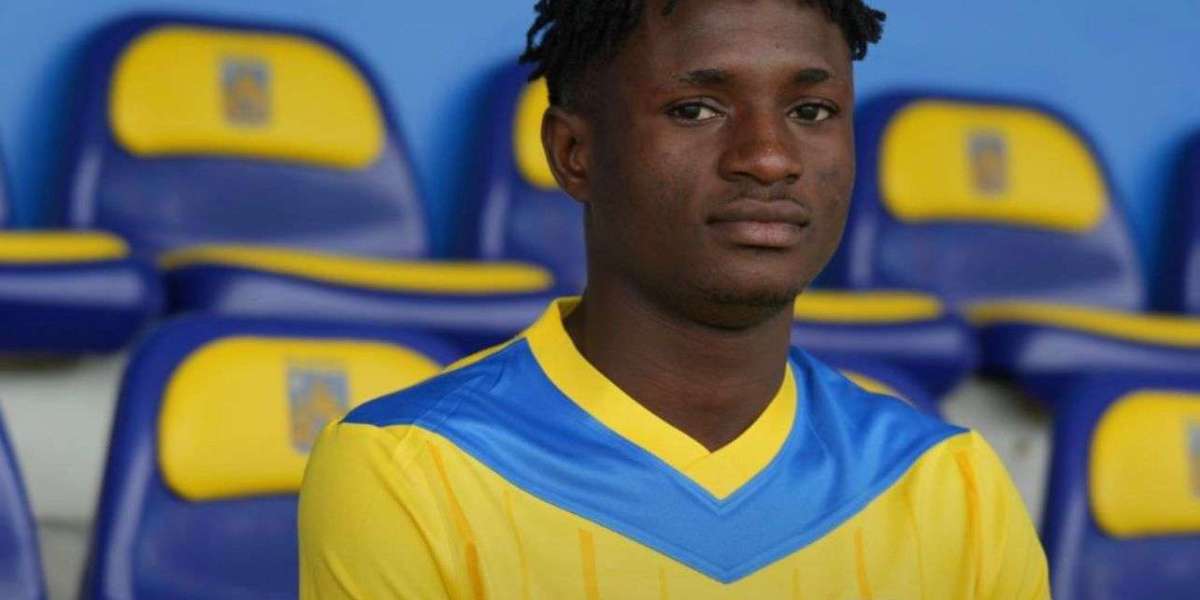Victor Wembanyama, despite his impressive statistics and defensive prowess, faces several critical areas that need addressing to optimize his performance and contribute more effectively to the San Antonio Spurs.
Wembanyama has been settling for a high volume of three-point shots, which is not the most efficient use of his skills. He is averaging 6.9 three-point attempts per game, a figure that ranks him 39th in the league, but his three-point shooting percentage is only 22.6% this season, significantly below the league average.This approach has led to a regression in his overall scoring efficiency. In his last nine games before facing the Lakers, Wembanyama averaged 12.8 three-point attempts per game but hit only 44% of them, a rate that is unsustainable over the long term. His season-long three-point shooting percentage is 34.5%, but he takes more three-pointers than two-pointers, which is an unusual distribution for a player of his size and skill set.
Wembanyama's size and athleticism should allow him to dominate in the paint, but he often fails to assert himself aggressively inside. Teams have exploited this by placing smaller defenders on him, and he has been neutralized in several matchups. For example, the Thunder used 6'4" Alex Caruso to defend him, and Wembanyama struggled to make an impact, resorting to tough, contested fadeaways instead of driving to the rim.
To maximize his potential, Wembanyama needs to be more aggressive in the paint. He averages only 1.8 offensive rebounds per game, which is relatively low given his size and athleticism. Increasing his presence on the offensive glass and getting deep catches near the basket could lead to more efficient scoring opportunities. When the Spurs do run plays to get him deep catches, he is nearly unstoppable, but these opportunities are not frequent enough.
Opponents have developed strategies to contain Wembanyama, as highlighted by Anthony Davis's comments after the Lakers' win over the Spurs. The Lakers focused on keeping the ball in front of Wembanyama, switching to prevent open three-pointers, and ensuring that any shots he took were highly contested. This approach limited Wembanyama to just 2 out of 9 three-point attempts and 20 points overall.
The Spurs' lineup and rotation also play a role in Wembanyama's performance. The return of Devin Vassell and potential changes to the rotation could help create more space for Wembanyama to operate in the paint. Vassell's three-point shooting can stretch the defense, allowing Wembanyama more room to maneuver inside. However, the current setup, with players like Jeremy Sochan clogging the paint, has made it difficult for Wembanyama to establish a consistent rhythm inside.
Wembanyama's development as a dominant force in the NBA is hindered by his overreliance on three-point shooting and lack of aggressiveness in the paint. To reach his full potential, he needs to be more physical and assertive inside, drawing more fouls, and increasing his offensive rebounding. The Spurs must also adjust their lineup and play-calling to better utilize Wembanyama's unique skills and create more opportunities for him to score efficiently near the rim.

 Browse Events
Browse Events  My Events
My Events  Suggested pages
Suggested pages  Liked Pages
Liked Pages  Recent Classified Ads
Recent Classified Ads  Youtube
Youtube 






![[Zambia] Chama, Bwalya Jet in For Algeria, Zimbabwe AFCON Qualifiers](https://spoorts-cdn.s3.amazonaws.com/upload/photos/2021/03/tuQmLkQuitSv6IpJj9Fc_19_10e6faa44b3985dc1d87972e0078349b_image.jpg)





